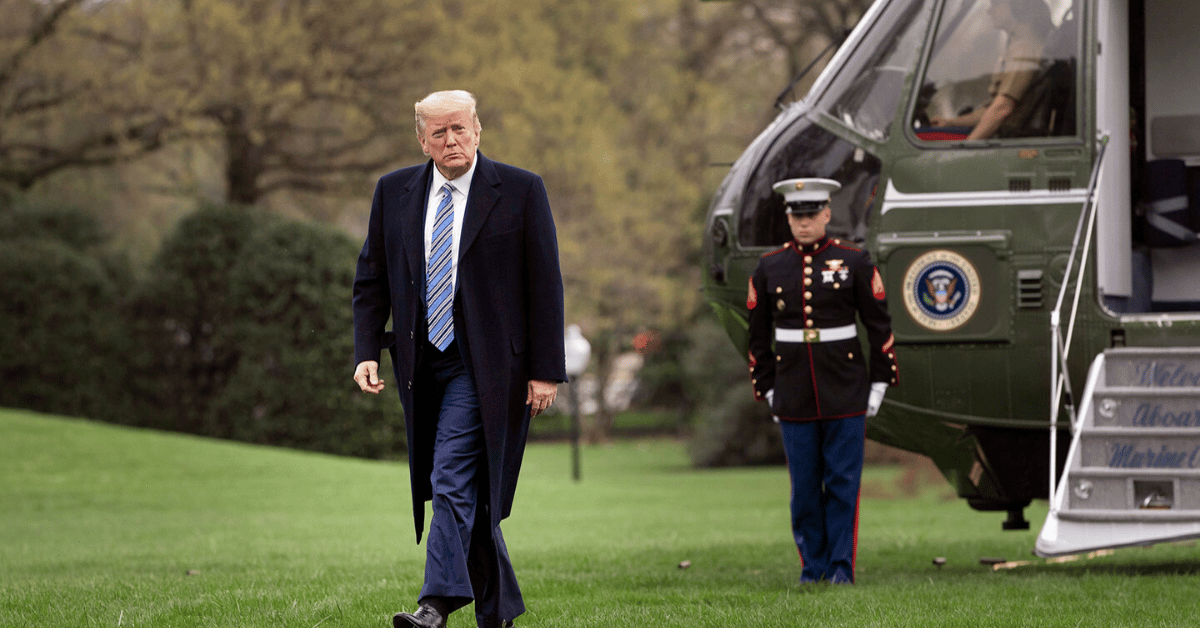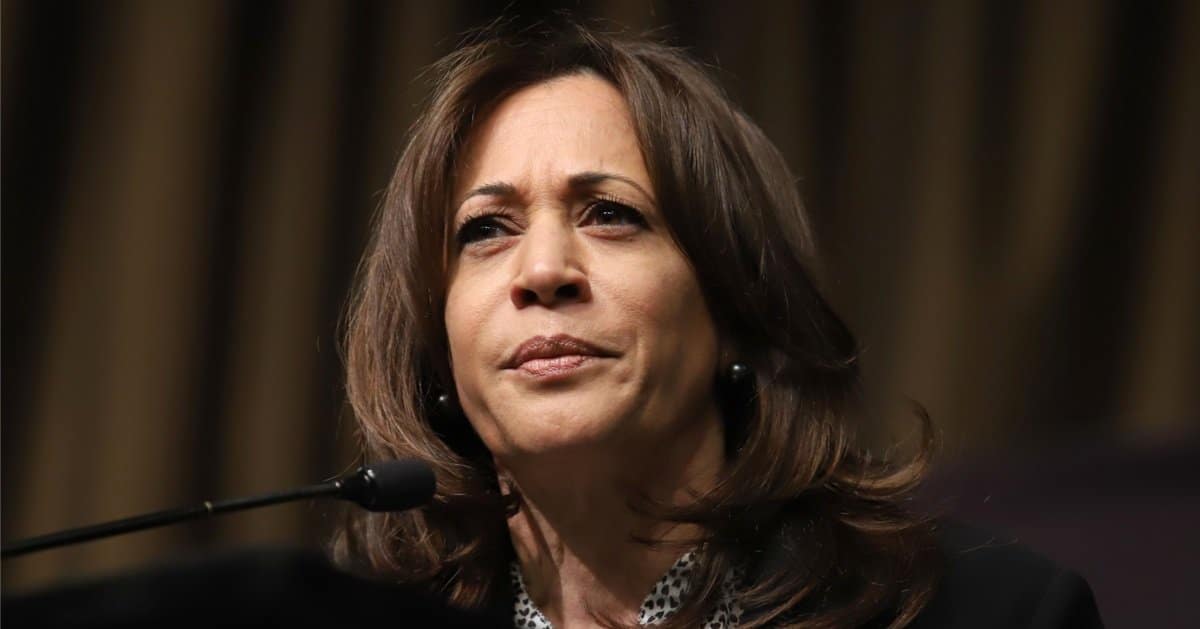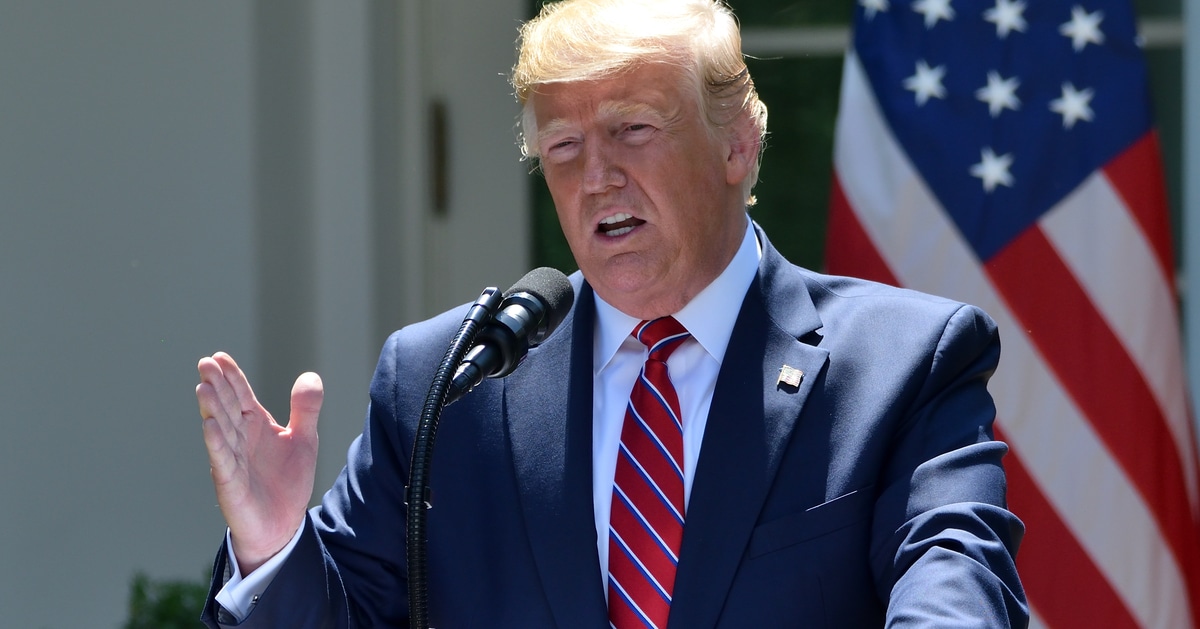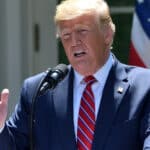




President Trump is charging toward new trade frameworks with Asian allies, aiming to reshape America’s economic landscape. The administration’s push comes as markets pivot from Middle East tensions to the gritty reality of tariffs. This isn’t just deal-making—it’s a bold move to secure U.S. interests.
The New York Post reported that the Trump team is nearing announcements on trade deal frameworks with Japan, South Korea, and Vietnam, set to clarify import costs for American businesses.
These talks, expected to wrap up soon, follow a 12-day Israel-Iran conflict that briefly stole Wall Street’s attention. Tariffs are back in the spotlight, and Trump’s ready to deliver.
On April 2, 2025, Trump unveiled his “Liberation Day” tariffs, rattling markets with fears of inflation. The proposed frameworks promise lower levies than those initial plans, offering relief to businesses battered by uncertainty. Yet, the specter of price hikes looms large.
Markets shuddered when tariffs sparked inflation worries, sending stocks and bonds into a tailspin. Retailers like Walmart, caught in the crossfire of trade talks with China, have already jacked up prices. Consumers are feeling the pinch, with confidence numbers dipping slightly.
“They’re supposed to be coming up in the next few weeks,” a Wall Street source said of the trade deals. That’s optimistic, but don’t hold your breath—India’s talks stalled after a Pakistan skirmish, proving geopolitics can derail even the best-laid plans. Trump’s team is wisely focusing on reliable partners.
Japan, a key player, scored a win with the U.S. Steel takeover by Nippon Steel, where America holds a “golden share” for control. This deal shows Trump’s knack for balancing national security with economic pragmatism. It’s a masterclass in strategic leverage.
South Korea, a steadfast ally, is making steady progress in trade talks. These frameworks aren’t final agreements but set the stage for regulatory reviews, ensuring deals are ironclad. Trump’s approach prioritizes long-term stability over quick wins.
Vietnam’s a rising star, eyed by U.S. firms fleeing China’s orbit. The Trump Organization’s interest in investments there signals confidence in Vietnam’s potential. It’s a calculated pivot to counter Beijing’s influence.
Meanwhile, China’s tariff pause ends August 12, 2025, and negotiations with President Xi Jinping are predictably tough. Trump’s not backing down, but Beijing’s hardball tactics test even his deal-making prowess. Patience will be key.
Trade talks with the European Union are crawling along, overshadowed by Asia’s momentum. Trump’s tariff pause against most partners ends July 9, 2025, adding urgency to these frameworks. Businesses need clarity, and fast.
Federal Reserve Chair Jerome Powell is holding firm, refusing rate cuts until the tariffs’ inflationary effects are clear. His caution is warranted—nobody wants a repeat of past economic missteps driven by progressive overreach. Stability demands discipline.
Consumers are wary as costs creep up, a direct result of trade uncertainty. Yet, Trump’s frameworks could ease the burden, offering predictable import costs. It’s a practical antidote to woke economic policies that ignore real-world consequences.
These trade deals reflect Trump’s America First ethos, prioritizing U.S. businesses and workers. Critics will cry “isolationism,” but securing favorable terms with allies strengthens the nation. That’s leadership, not retreat.
The road ahead isn’t easy—tariffs stir fears of economic slowdown, and China’s a formidable foe. But Trump’s track record suggests he thrives under pressure, outmaneuvering opponents with strategic finesse. America’s watching, and so is the world.



